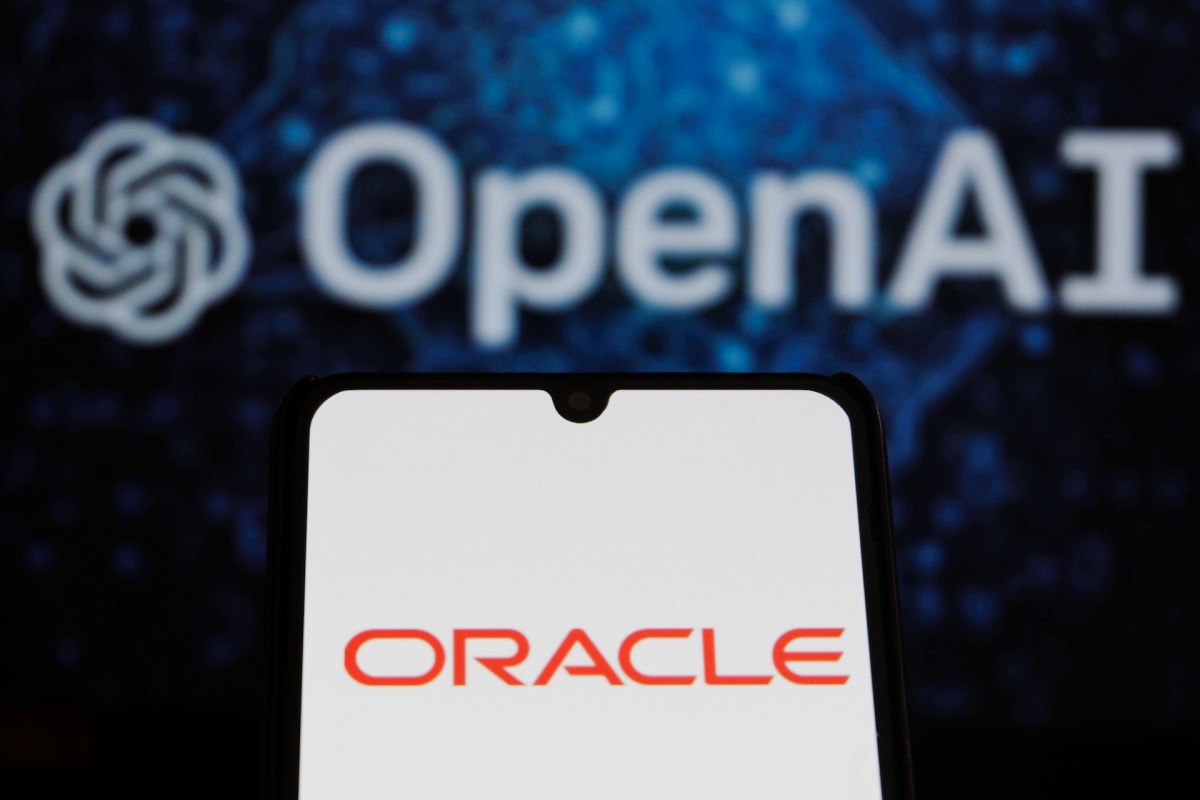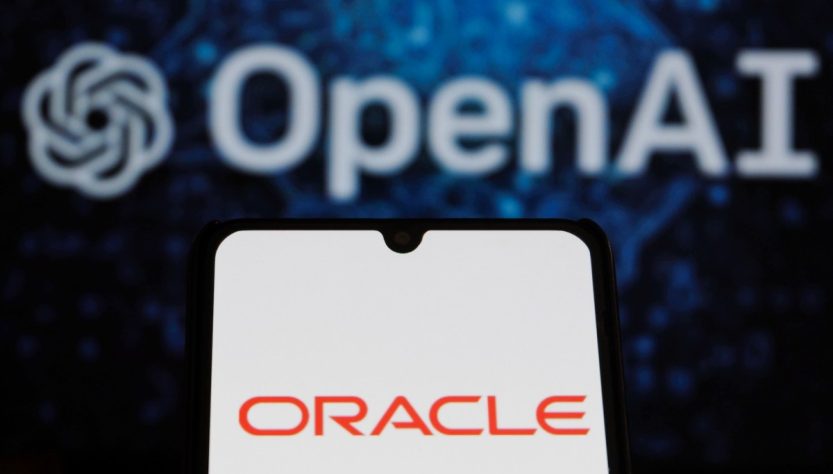
This week, OpenAI and Oracle surprised the markets with an unexpected $300 billion, five-year partnership, part of a wave of new business that caused the cloud provider’s stock to soar. However, the markets might not have been as caught off guard. The agreement highlights that, despite Oracle’s historic legacy, the company continues to play a vital role in AI infrastructure.
From OpenAI’s perspective, the deal was more telling than the scant details might imply. For instance, the startup’s readiness to allocate so much for compute illustrates its ambitions — even if it’s uncertain where the necessary electricity will come from or how it will finance it.
Chirag Dekate, a vice president at the research firm Gartner, explained to TechCrunch why both parties were attracted to this agreement. OpenAI collaborating with multiple infrastructure providers makes strategic sense, he pointed out. It also diversifies the company’s infrastructure — distributing risk among various cloud providers — and offers OpenAI a scaling edge over competitors.
“OpenAI seems to be assembling one of the most robust global AI supercomputing foundations for extreme scale, inference scaling where necessary,” Dekate noted. “This is quite remarkable. This likely serves as a model for what a comprehensive ecosystem should resemble.”
Some market observers were surprised by Oracle’s involvement, highlighting the company’s reduced presence in the AI surge relative to cloud competitors such as Google, Microsoft Azure, and AWS. But Dekate contends that those watching shouldn’t be so taken aback: Oracle has previously collaborated with hyperscalers and provides the infrastructure for TikTok’s significant U.S. operations.
“Over the decades, they have developed core infrastructure capabilities that enabled them to deliver extreme scale and performance as an integral part of their cloud infrastructure,” Dekate stated.
Payment and power
Yet, even as the stock market rejoices over the agreement, critical details remain absent and questions regarding power and compensation linger.
Techcrunch event
San Francisco
|
October 27-29, 2025
Over the last year, OpenAI has made a series of infrastructure investment announcements, each carrying a staggering price tag. The company has pledged to spend about $60 billion annually on compute from Oracle and an additional $10 billion to develop custom AI chips with Broadcom.
Additionally, OpenAI stated in June that it reached $10 billion in annual recurring revenue, an increase from roughly $5.5 billion the previous year. This figure encompasses revenue from the company’s consumer products, ChatGPT business offerings, and its API. While CEO Sam Altman has painted an optimistic picture of future prospects regarding subscribers, products, and revenue, the company is consuming billions in cash each year.
Power remains a vital concern, specifically regarding where the companies plan to source the energy required to support this level of computation.
Industry analysts have been forecasting a short-term rise for natural gas, although solar and batteries seem to be better positioned to provide energy more quickly and at a lower cost in many regions. Tech firms are also heavily investing in nuclear energy.
Despite the market-moving news, the energy implications of OpenAI’s expected expansion are somewhat anticipated. A report from the Rhodium Group released yesterday projected that data centers are expected to consume 14% of all electricity in the U.S. by 2040.
Computing power has always been a limiting factor for AI enterprises, to such an extent that investors have acquired thousands of Nvidia chips to guarantee their startups have the necessary power. Andreessen Horowitz is reported to have purchased more than 20,000 GPUs, while Nat Friedman and Daniel Gross rented access to a 4,000 GPU cluster (though it is unclear if Meta currently owns that).
However, computing power is ineffective without energy. To keep their data centers powered, leading tech companies have been acquiring solar farms, purchasing nuclear facilities, and forming partnerships with geothermal startups.
So far, OpenAI has remained relatively silent in this regard. CEO Sam Altman has made several significant investments within the energy sector, including Oklo, Helion, and Exowatt, but the company itself has not directed funds into that space like Google, Meta, or Amazon.
With a 4.5 gigawatt computing agreement, that may soon shift.
The company could take on an indirect role by compensating Oracle to manage the physical infrastructure — an area where it has significant expertise — just as Altman has invested in startups that align with OpenAI’s forthcoming energy requirements. This strategy will leave the company “asset light,” which is sure to satisfy its investors and help maintain its valuation in line with other software-focused AI startups rather than legacy tech firms saddled with expensive infrastructure.

